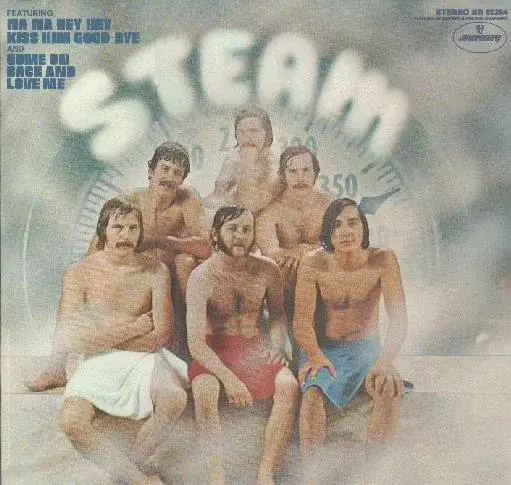The Peculiar Truth about the Ice Pick Lobotomist
- Dan Spencer

- Oct 24, 2023
- 2 min read

In the early to mid-20th Century, psychiatric institutions were common across the United States. Mentally ill people were sent to such hospitals to live out their lives.
Walter Freeman spent a good deal of his professional career in such facilities.
He was a professor at George Washington University who had decades of experience in the fields of neurology and psychiatry.
One controversial method for treating schizophrenics was a surgery on the brain’s prefrontal cortex called a lobotomy.
Walter Freeman became notorious for inventing a dangerously crude lobotomy procedure.
It involved little more than a mallet and two surgical tools that resembled ice picks.
(For the squeamish, I’ll skip ahead. An explanation of Freeman’s bizarre procedure appears at the bottom of this page.)
Upon completion of Freeman’s procedure, which often lasted less than ten minutes, each patient’s shift from mental agitation to sedate dullness was often immediate.
Some died. Some were indeed “cured.” But many relapsed or suffered additional long-term problems. They became zombies or infantile.
Freeman argued that this was preferable to schizophrenia.
In 1941, Joseph Kennedy, father to John F. Kennedy, contacted Freeman about his 23-year-old daughter, Rosemary Kennedy. She was the future president’s sister.
Rosemary suffered from cognitive impairment and erratic behaviors. Her father wanted her lobotomized.
But he wanted it kept secret. No one was privy to the procedure. Not even Rosemary’s mother or brothers.
Freeman’s lobotomy proved disastrous. Rosemary’s condition became worse, not better. She required constant care.
To avoid scandal, Joseph Kennedy hid Rosemary in a private home for the rest of her life.
Yet Freeman’s lobotomies continued. And they were still legal.
By the early 1950s, doctors across the US had performed roughly 30,000 lobotomies.
But Japan, Germany, and the Soviet Union outlawed the practice.
Summer 1952: Freeman was welcomed in West Virginia where he personally lobotomized over 225 schizophrenics.
That was the beginning of a program he called “Operation Ice Pick.”
Freeman’s callous nature alarmed nurses. If a patient died from the procedure, he shrugged it off and commenced with the next as if he were on an assembly line.
Meanwhile, doctors trained in Freeman’s method continually botched their surgeries.
Alarm about lobotomies spread. Freeman grew defensive.
1956: With the advent of Thorazine, West Virginia ended Operation Ice Pick in favor of the anti-psychotic drug.
The medical profession and general public turned against lobotomies.
Walter Freeman went into seclusion in California.
He bought a mobile home and traveled the US to meet some of his previous patients.
Newspapers called the vehicle the lobotomobile (although Freeman did not).
Freeman died in 1972 at age 76.
Although lobotomies are unheard of these days, they’ve never been made illegal in the US.
Freeman’s method:
He rarely washed his hands prior to his “surgeries.” He didn’t use gloves or masks.
Rather than administering anesthesia, Freeman administered an electric shock. He considered it faster and easier to recuperate from.
Then while assistants held down the shocked patient and held their eyelids open, Freeman took the mallet and jammed the picks into the patient’s eye sockets near the tear ducts, careful not to rupture the eyeball.
A soft crack would result as he penetrated the skull. Then Freeman would twist the picks, thereby severing parts of the prefrontal cortex.
The swollen, black and blue eyes would heal in weeks.
Some patients got up and walked away moments after the procedure.



Comments